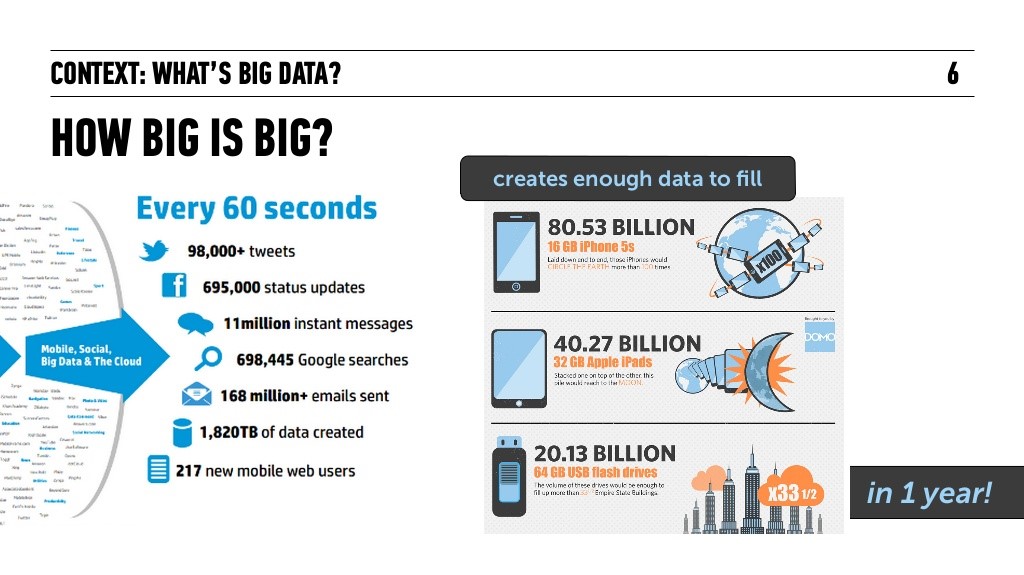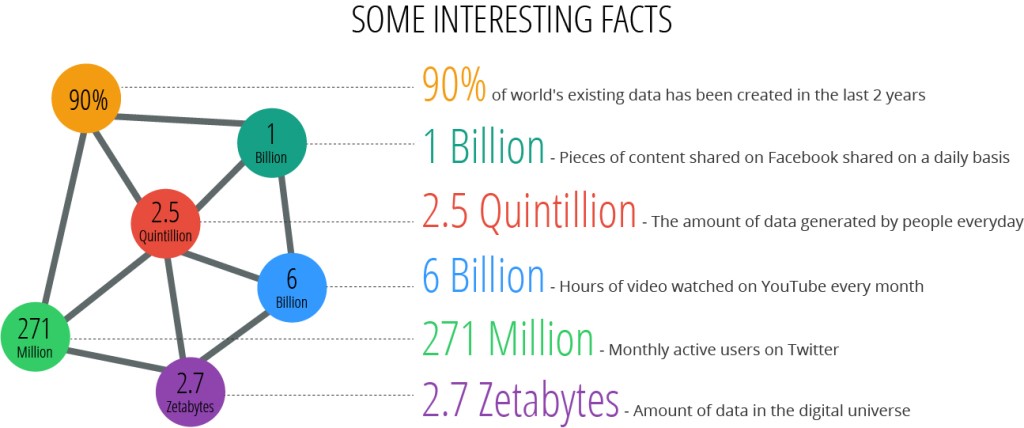4 March 2020
The virtues of predictive marketing applied to B2B
By multiplying data sources, predictive marketing can anticipate the requirements of leads and increase the conversion rate. It also rationalises…
8 April 2020
Every business today needs one essential piece of kit: a crystal ball.
If you could predict the future, risk and waste would be avoided. You wouldn’t need to apply guesswork as to what your prospects or existing customers are thinking; business operations would undoubtedly run very smoothly.
I’m not here to show you how to predict the future, but to explain the next best thing: predictive analytics, leveraging big data.
When predictive analytics is applied to ‘big data’, you can almost see into the future…
Clear of buzz and jargon, here are my definitions of the two terms:
Big data refers to the eternal galaxy of recordable raw numbers and stats generated every second of each day by all devices, whether online (typically the case) or offline (prior to digital storage for utilisation).
Data is constantly accumulated by intelligence agencies, data centres and businesses in the digital age and has been for many years. Every web page session, app load, product sale, instant message and each shake of a wearable device…literally all digitally-recordable actions we take create footprints. The collective term of which, is known as big data.
You could refer to your own website visits as data. But all metrics of every single website in your industry would be classed as big data.
[newsletter_lock]

Similarly, amassed granular records from the day-to-day running of a large enterprise business would be classed as big data; including all transactions and where they took place, customer service queries, staff in and out, profits and losses, electricity consumed, stock fluctuation, social media engagement, website metrics plus much, much more.
Predictive analytics is a way to analyse such data sets; discovering helpful patterns relative to your particular objectives. These patterns can be used to forecast future outcomes. This not only means identifying overall trends of the whole data set but also granular tendencies of smaller subsets. For instance, locating a fractional group of action-takers and comparing their habits with another.
Big data in itself is of no real use to anybody. There is simply too much of it to be valuable and its very nature is unstructured. But – when you combine big data with predictive analytics, something quite remarkable takes place…
Your business can connect the dots; uncovering trends in processes, sales and customer behaviour.
Through accurate forecasting based on historical patterns, this harmonious blend offers highly actionable insights to improve future business performance.
That of course, means streamlined activity and optimal profit.
Can such a combination mirror a crystal ball?
In terms of being able to unscramble patterns of cause and effect from hugely complex data sets…it certainly comes close.
Paul Trujillo defines three ways big data can be used to improve business performance:
The potential is growing just as fast as the data:

Gail Gardner explains three great use-cases of Paul’s ideas listed above:
Paul Trujillo also touched on two common examples: using physical location analysis of purchases in a supermarket to maximise sales and the tracking of barcodes / use of inventory systems to improve stock control.
The possibilities are endless and many of us can begin implementing similar ideas right now with the best predictive insight tools available for marketing and sales teams.

What if you could take all the data regarding customer lifestyle across every platform – transactions, web browsing, social media activity, interests, demographics, inclination – and drill into it to produce meaningful trends, right down to the individual?
Could you predict the spending habits of each customer to completely personalise their unique experience?
Well, that would be the pinnacle of marketing insight right there. More on the answer in a moment…
When it comes to such a level of personalisation, privacy concerns are always raised. It’s a double-edged sword – some argue this extent of individual forecasting is what customers actually want and more importantly, what they will demand in future (without exception).

In the digital age, consumers expect brands to intuitively respond to their individual needs with almost immediate effect. This expectation of immediacy is only matched with the expectance of customer service on a peer-like basis.
Marketing is constantly growing in complexity and such campaigns must be data-driven.
Yet, the crystal ball would not only present itself as a marketing device; it could be a customer service mechanism, a sales aid and a way to build solid loyalty. Think: real-time analysis of what is sold, who’s buying on what device plus the timing and location. It would be a way to ensure sales are swift, secure and delightful while simultaneously providing feedback on how to improve and adapt the entire process to suit both customer and business…does that enthuse you? It should do!
So, can big data predictive algorithms really tell us everything, down to the individual? Can the crystal ball calculate future occurrences in their entirety..?
The truth is: not just yet.
A basic example: ‘personalised’ internet ads, otherwise known as remarketing or retargeting ads that follow you around as you browse.
On the run up to Christmas, if someone visits a fitness website with a view to starting a New Year’s resolution in January, that does not necessarily mean they want to buy running shoes there and then in November…
Aside from that, aggressive remarketing (although an effective nurture tactic) can feel pretty creepy if overdone. Consumers outside the knowledge of ad technology will feel violated. This results in zero gains across the board.
When big data and predictive analytics are effectively combined, such intelligence provides accuracy formed from qualification. However, as Matt Masui points out, human behaviour is inherently unpredictable. Data isn’t always great at forecasting that – unless you want to get into advanced analysis and chaos theory.
In addition, check the stats on perceptions regarding inaccuracy of data:

Isn’t that incredible yet at the same time, truly disappointing?
Big data is often unstructured, incomplete, invalid and too confusing to produce the desired outcomes. Development is required in the methods used to cleanse such huge amounts of multifaceted data.
Big data and predictive analytics are the closest you will get to a crystal ball.
However, you still need a fortune teller: someone who can read the predictions and make decisions based on them – conclusions only a human could accurately deduce.
There will always be a human element of unpredictable, random behaviour in any test, campaign or observation.
Is it possible to create an algorithm to predict such behaviour..? I’d say, highly unlikely. At least, not anytime during the next couple of decades!
You can’t rely solely on algorithms to tell you what customers want. You need their chatter and you must listen; interacting on ground level to gain qualitative feedback. However, the crystal ball does play an important part in predicting what’s coming next.
That is why a combination of big data, predictive analytics and the human element is a sure-fire way to achieve balanced and accurate foresight.
Nicholas Ismail discusses the ‘3 pillars’ in approaching big data and predictive analytics for business. He covers desirability, feasibility and viability of problem discovery…followed by rectification of such issues with the ability to quantify impact.
These are intrinsically, human decisions – which explains why many companies are still struggling to piece together the big data puzzle.
Robots aren’t taking over just yet…
Ajay Ohri claims that cheaper data storage and intuitive software have made big data and predictive analytics more accessible than ever before, hence the head-first jump taken by many who possibly aren’t quite ready to tame the beast.
If something is accessible and powerful, you should certainly be using it – first and foremost, with a fundamental understanding of the system on which it is based.
Big data and predictive analytics are already playing a key role, supporting businesses in designing their customer journeys and streamlining operational aspects. As reliance on automation only increases, so will demand for predictive systems. There’s no escaping it – if you’re not up on your game, your competitors will be.
I’ll leave you with some big data eye candy!

[/newsletter_lock]